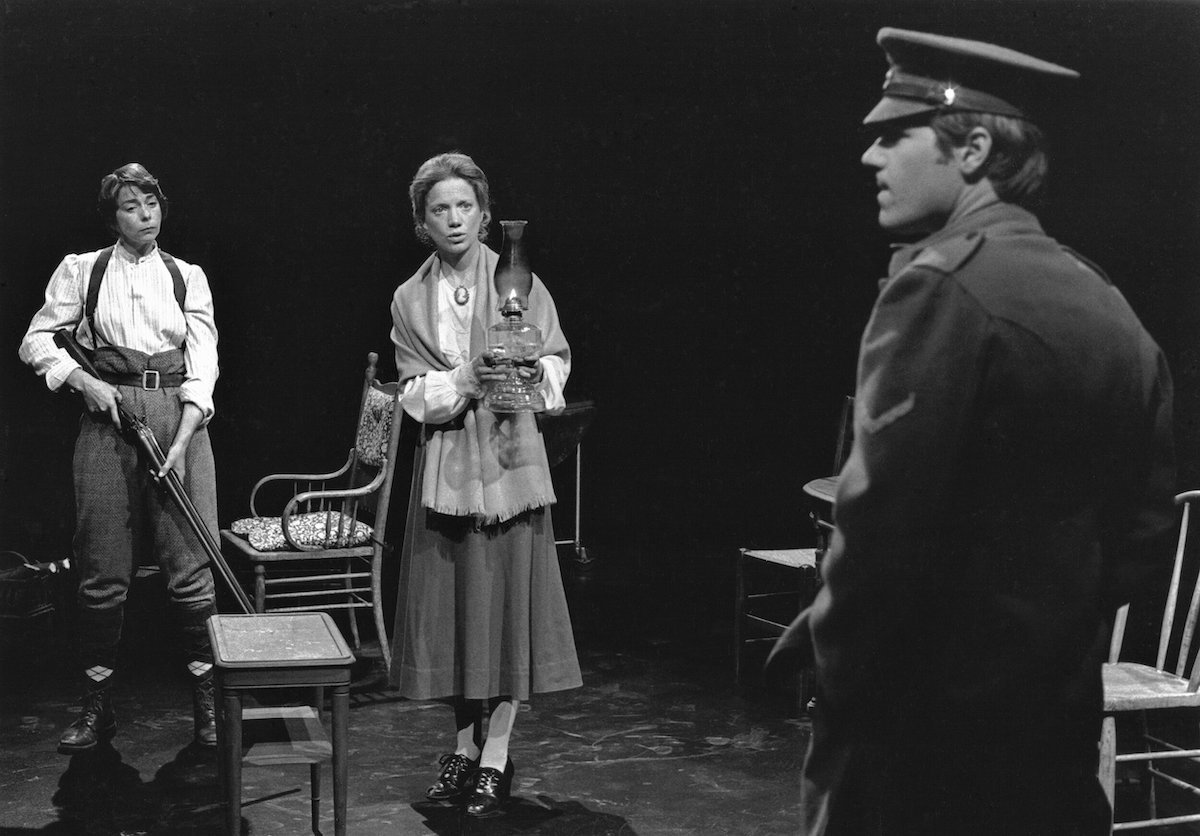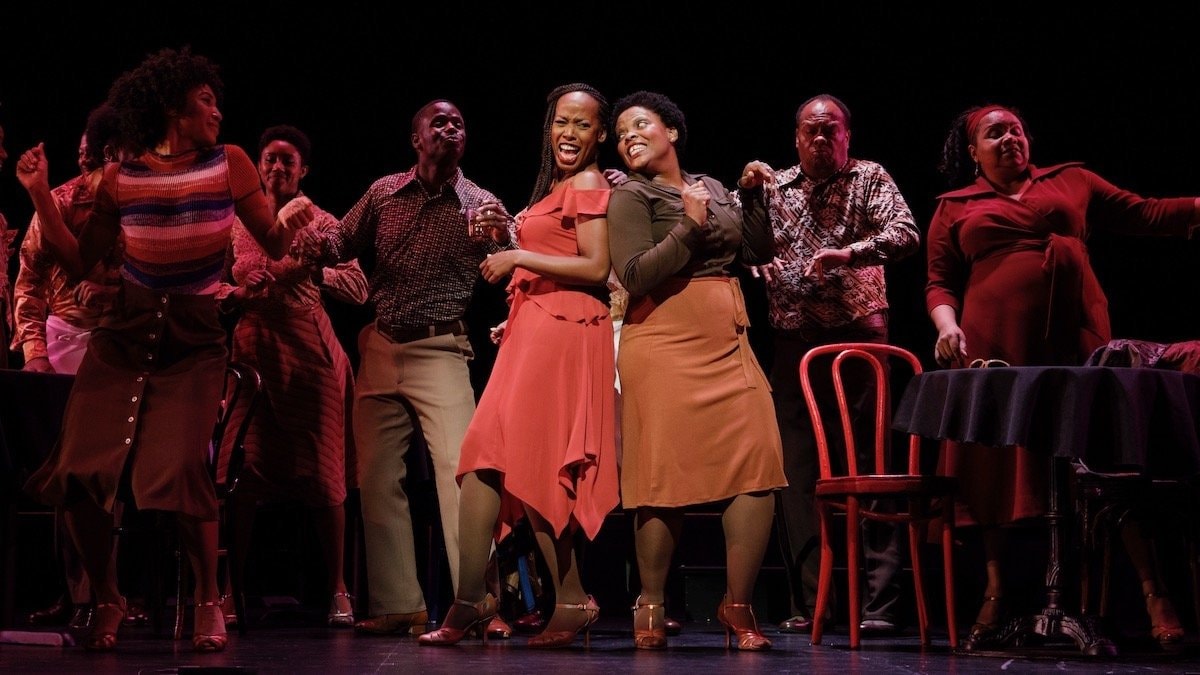
How do you adapt a deeply interior novella into a play? A play where everything the characters think on the page has to be manifested through dialogue and action in real time on the stage? That was the challenge of bringing D.H. Lawrence’s The Fox (US/UK) to life on the stage.
In 1956, when I took on this challenge, I was a 26-year-old actor, living in New York City and working off-Broadway and in soap operas. Additionally, for badly needed income, I had been adapting short stories for television, and had actually sold three scripts to the Canadian Broadcasting Corporation.
I had also recently become a member of the Actors Studio, where I began to question all my assumptions about acting. Everything at the Actors Studio then was about individual creativity, so my interests in writing became really helpful in finding acting material that was off the beaten path of Arthur Miller and Tennessee Williams.
I began re-threading through all the short stories I’d been attracted to, from Somerset Maugham and Joyce Carol Oates to Chekhov and Ray Bradbury. Along the way I remembered a short novel by D.H. Lawrence called The Fox, which intrigued the hell out of me at the time, but seemed impossible to adapt for television or the stage because it ends with a young man “willing” a tree to crash down and kill his nemesis! That was a major stopper for adapting the material. The motivations and attitudes of the characters throughout the novella tend to be thoughts rather than actions. There was very little dialogue.
But the book did have some wonderful sequences that could be acted – short passionate scenes. No one at the Actors Studio was doing D.H. Lawrence, and the characters were fascinatingly complex. What a threesome they were: two women in their 30s, trying desperately to eke out a living on an isolated farm in the north of England, and a young man just returned from WWI to the farm he grew up on. The man in the story, Henry, is imbued by Lawrence with a desire to dominate the women from the start. He sees himself as the fox; a fox that is out to wrest the farm from them.
In the novella it works fine, but to have that attitude revealed to an audience from the very beginning removes any arc for the character, dissipates the tension, and ultimately turns the material into a melodrama. On stage I would need Henry, and the audience, to sloooowly come to the realization of how dangerous and volatile a situation this was through his interactions with the women. It would have to build incrementally and relentlessly through three acts.
And many scenes set outdoors would have to be moved into one of two settings: the farmhouse and its shed, compressing the action and increasing the tension.
So be it. There had to be way to capture the intriguing shifting of allegiances and desires, so I began trying out dialogue to replace much of the inner thoughts of the characters. The dialogue needed to be simple, but sensual. The circumstances needed to be apparent quickly, but I also had to leave room for secrets to be revealed. In this process of inventing actions for the characters I realized there was one other element, one other thing in the plot that would be invaluable in making this work on stage: the rifle.
Both women have had to use the rifle to guard against the fox invading their henhouse – not with much success. Henry, who grew up using a rifle to hunt and at the beginning of the novella has just returned from surviving hand-to-hand combat in a war, is an expert in using the weapon. It was important to set up the rifle right at the top of the play. And here then was the denouement: three competitors and only one rifle!
I had the advantage of being able to utilize the Actors Studio and the incredible actors there during this period to work it out in practice. I first bought the play to Geraldine Page, who had been in class with me when we both studied with Uta Hagen, and was now in the Studio. She agreed to play Nellie, and I cast the other two characters and scheduled a scene presentation.
It went extremely well. Lee Strasberg and many members present urged me to continue working on it.
[Sidebar, but too juicy not to share: Geraldine and I went out to lunch to celebrate. She’d invited Richard Adler, creator of The Pajama Game, to join us. Within minutes he said he wanted to produce it on Broadway and asked if I had the rights. Oh sure, I said, but, of course, I didn’t. How I got the rights and all that followed – The Fox never did get its Broadway production – is a whole other article.]
But the work on the play continued during this time through several iterations. And when it finally debuted at The Back Alley Theatre in Los Angeles in 1981, the last ten minutes of the play were a battlefield of desire, power and death. The collective gasp and cry of shock from the audience in performance confirmed the adaptation had worked dramatically. No spoiler alerts – you’ll have to read it to experience it for yourself!
…
For more information about The Fox and other great plays, visit the Concord Theatricals website in the US or UK.
Header Image: 1981 Back Alley Theatre production of The Fox (Ed Krieger)

The Truth Behind… The Normal Heart

Musical Revues

